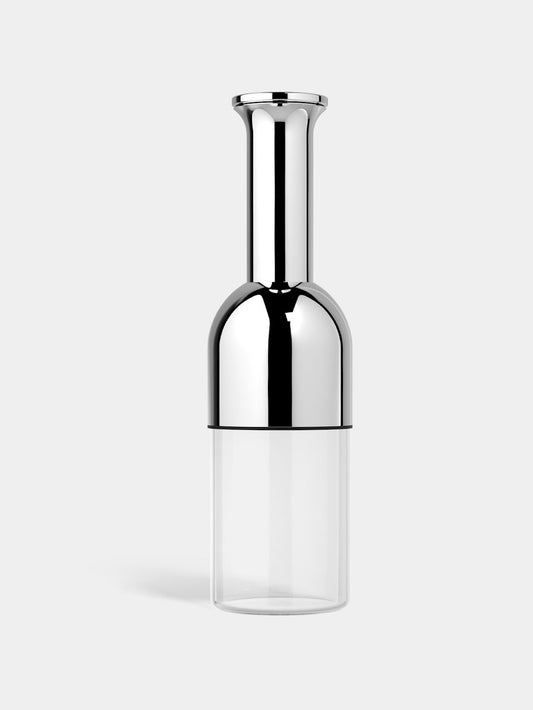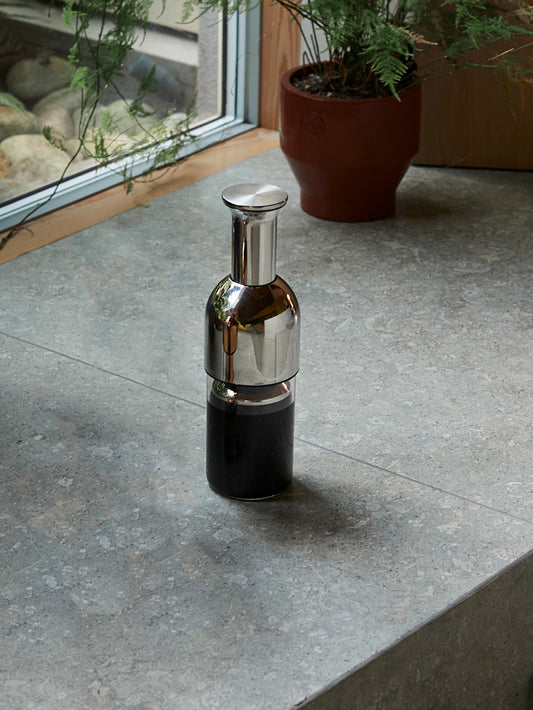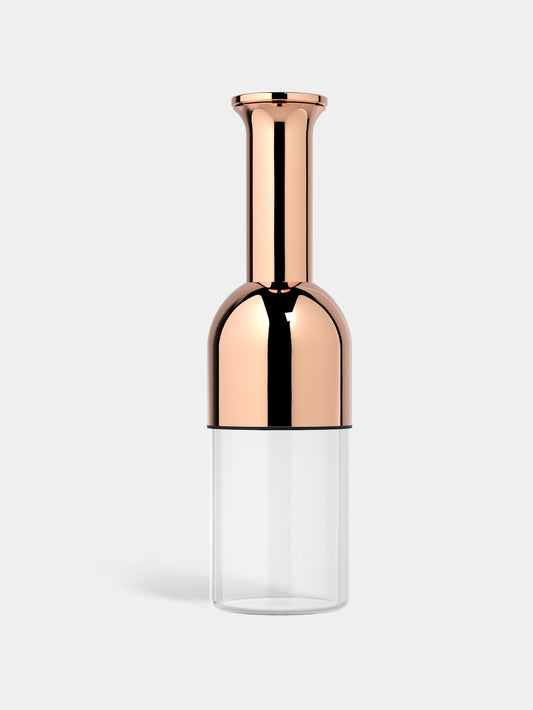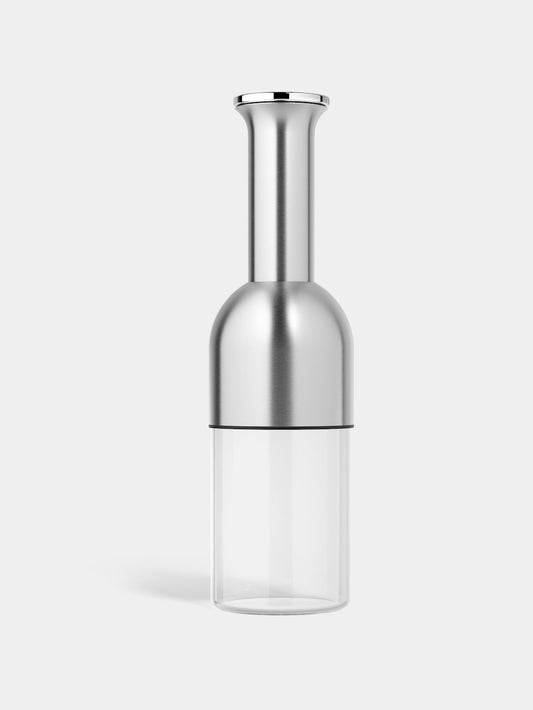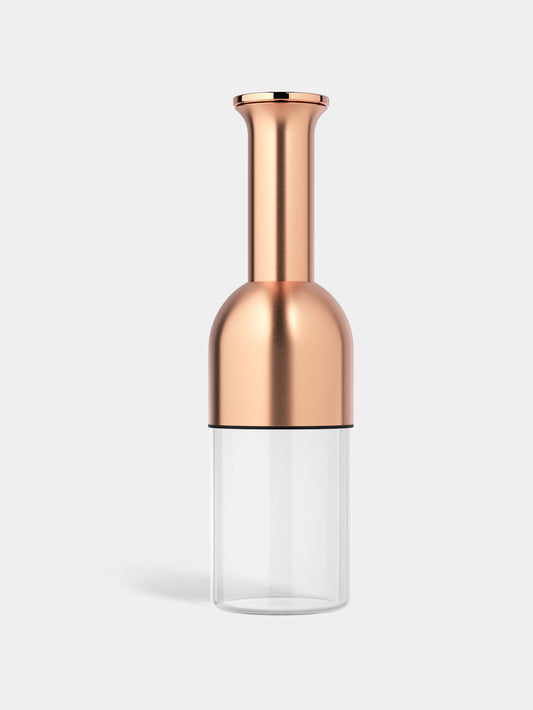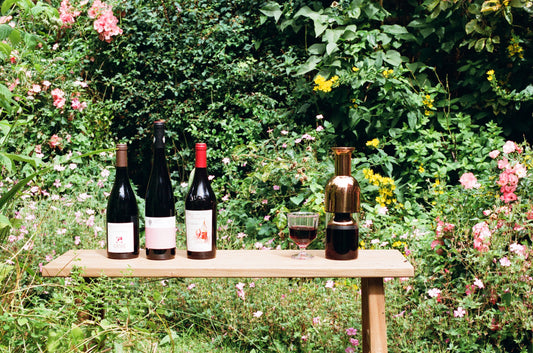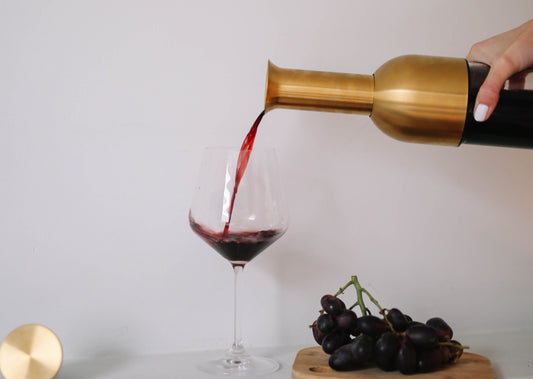The rise of sweet wine
Sweet wine has been around for centuries, but it only reached a mainstream audience in the 1980s. It was introduced as a wine to drink with dessert (hence also being referred to as dessert wine) and became a dinner party staple for a few years. But sweet wine’s popularity soon dwindled.
The ‘diethylene glycol’ scandal in Austria kicked off its fall from grace – several wineries were found to have used this illegal and toxic chemical to sweeten wine instead of following legitimate practices. And the wider industry played its part too. Due to the different way sweet wine is produced, it carries more risk, plus a harvest generates less sweet wine per tonne of grapes compared to dry varieties. So many wine makers preferred to concentrate on producing dry wines.
Also, many wine drinkers fell out of love with the sweeter varieties. Some thought sweet wine contained more sugar – a damaging misconception because sugar was sometimes added to cheaper wines to improve its taste – and in the later 1980s, there was a general shift to associate dry wine with sophistication, adding to sweet wine’s demise.
What categorises wine as sweet?
Wine is either dry or sweet depending on its sugar content with wines of over 1% sugar being defined as sweet. Sweet wine generally has a lower alcohol content compared to dry wines (although not always). This is because alcohol is made from fermented sugar, so residual sugar left in the wine means less is turned into alcohol.

How is sweet wine made?
There are a few different ways that wine producers make sweet wine, from relying on the natural process of a late harvest, to drying the grapes, to introducing a specific fungus.
Late harvest
Grapes are picked 1 to 2 months later than the regular harvest time, when the grapes have a very high sugar content and low acid levels. Theoretically, any grape can be harvested in this way, but the ones that have proven most successful are Gewürztraminer, Pinot Gris, Riesling and Muscat. But a late harvest does come with risks. Bad weather towards the end of the season can ruin a whole crop.
Dried grapes
Passito is an Italian sweet wine made from dried grapes. It comes from the Italian word “appassimento” which means withering, which is an accurate description. The grapes are dried before they’re fermented in wooden barrels – for anything from 3 weeks to 6 months depending on the grape variety and style of wine. As the grapes are allowed to dehydrate, this reduces the amount of wine produced overall. Passito wines are known as “vino de meditazione” or meditation wines due to their sweetness and higher alcohol levels (which puts a whole new spin on meditation in our opinion!) Passito wines tend to be drunk after dinner or with biscotti rather than with a meal.
Noble Rot
Also known as ‘botrytized wine’, a fungus called ‘botrytis cinerea’ is introduced to the ripened crop… and wine makers then hope for it to develop in a beneficial way (because it is possible to just lose the crop instead). The best scenario is for the fungus to attack on a misty morning, and then for the grape to start to dehydrate when the sun appears – and for this cycle to be repeated over a few days. Grapes are picked by hand to make sure the mould has taken hold and weakened the skin. The grape might look shrivelled and unappealing, but it produces a golden, sweet juice which becomes a complex wine with its own unique flavour after fermentation.
Fortified wine
Wine makers also make fortified sweet wine. The process of fortifying wine involves adding a distilled and neutral spirit (usually brandy) to the base. If this is done after the fermentation process, the fortified wine is dry – while if it happens before, it is sweet.
Ice wine
Another sought-after (and expensive) type of sweet wine is called Eiswein in Germany – or ice wine. The process feels almost magical. Grapes are picked in the middle of winter, late into the night, when they are frozen on the vine. The grapes are then pressed, releasing the ice-cold water and yielding a concentrated sweet juice. As the sugar content is high, fermentation takes a few months, but the result is a rich, sweet wine with flavours of tropical fruit, citrus and honey. It is a long, labour-intensive process but it’s worth the wait – the wine is delicious.
Is sweet wine only for dessert?
Not at all. There are lots of examples in food where sweet and salty tastes are easy comrades – from cheese and chutney to pork and apple sauce. And many sweet Rieslings are known to pair well with spicy food, particularly Asian flavours like harissa.

Are there any good English sweet wines?
There are a number of excellent English winemakers starting to produce sweet wine. Unfortunately, not every season allows for a late harvest, but this adds to the exclusivity of the sweet wine produced when the weather allows it. English sweet wines often sell out, so keep your eyes peeled if you fancy trying one.
Different styles of sweet wine
Moscato
Moscato is an Italian sweet wine made from the same grape as raisins. It has intense fruit flavours of peach, orange blossom and nectarine and comes in both red and white, and with three different textures – still, frizzante and sparkling. It is sweet, acidic, and low in alcohol, and pairs well with spicy food, strong cheeses and also desserts like vanilla icing cake.
Riesling
Produced in Germany and Switzerland, Riesling is considered a ‘transparent’ grape variety – which means it reflects the character of the area it grows in. This quality helps winemakers produce a wide range of Riesling wines from sweet to dry. Sweet Rieslings have honey flavours and pair well with Asian food like spiced duck leg. For dessert, they pair best with fruity dishes such as apple strudel or key lime pie.
White Zinfandel
Confusingly, White Zinfandel is a sweet style of rosé wine – Made from the red zinfandel grape which is native to Croatia (where it’s called Tribidrag r Crljenak Kastelanski) but it is currently mainly produced in California and is hugely popular. Light and fresh, with strawberry and citrus flavours, it's very easy drinking and works well as an aperitif, but also pairs with grilled meat and rich, salty cheeses.
Vin Santo
Vin Santo means ‘holy wine’ and dates back to the beginning of wine making. It has delicious aromas of apricot, tropical fruit and orange zest, plus notes of caramel, nuts and figs. Vin Santo dessert wine is iconic in Santorini, Italy due to its unique growing methods. To protect the grapes, wine makers train the vines to grow around low hoops which act like umbrellas. The vines are also grown in ‘koulouras’ – a basket-shaped pit – which enable the grapes to draw water from the pumice stones in the volcanic soil. Vin Santo pairs beautifully with dark chocolate or salty blue cheese.
Recioto
Recioto is another wine steeped in history. It is exclusive to Calpolicella in Italy, and its unique production involves drying the grapes for three months. A young Recioto is intensely fruity with flavours of cherries, berries and blackcurrants. But Recioto can also be aged. Over time, the flavours become more complex with dried fruit, compotes and spices like liquorice and cacao coming through. Recioto pairs best with shortcrust pastries like almond cake, or chocolate desserts with a high cacao content.
Port
Port wine comes from the Douro Valley region of Portugal and the most popular variety is a sweet ruby red wine. It is ideal as a digestif after a meal, but also pairs well with some foods. Ruby port complements both pecan pie and a duck confit, while rose or white Port goes best with lighter desserts such as a lemon meringue pie or smoky savoury flavours like smoked salmon.
Madeira
Madeira is a white fortified wine from the Portuguese island of the same name. There are dry varieties, but sweet Madeira is a much-loved dessert wine. It goes well with creamy desserts like cheesecake, but also salty options like a charcuterie board. Madeira is often added to desserts as it brings an intensely sweet, velvety flavour.
eto Wine decanter in Copper: satin finish
Sherry
Sherry is produced in the Jerez region of Spain. Wine makers expose the wine to oxygen, which gives it a nutty and briny flavour. Sherry developed an image as granny’s favourite tipple, but that does it a disservice as there are many delicious sherry wines from a light fino to a dark oloroso that everyone can enjoy. For a food pairing, sweet sherry goes particularly well with fruitcake.
Marsala
Marsala is a fortified wine produced near Marsala in Sicily, Italy. Aged in casks, it develops notes of toffee, fig and raisin. Marsala is used a lot in cooking – including in much-loved Italian dishes like pan-fried chicken and mushrooms or tiramisu – but it is also tasty to drink alongside intensely-flavoured foods such as curry or salty seafood.
Vermouth
Vermouth is officially an aromatised wine, which is a subcategory of fortified wine. Flavours, aromatics, herbs, botanicals and spices are added to the vermouth and matured in the barrel. There are three types of vermouth, and ‘rojo’ is the sweetest with notes of vanilla and caramel. Popular in cocktails, our resident mixologist Kyra has created a Vinogroni for us that replaces rojo vermouth with a classic sweet wine. Check out the recipe.
Sauternes
Sauternes is a sweet white wine from the Graves region of Bordeaux in France. It uses the ‘noble rot’ method and is aged in oak barrels for several years. It is super sweet with fruity flavours of peach, apricot and honey. It pairs well with simple fruit tarts or creamy desserts. If you want to try Sauternes with your main course, choose Asian dishes with sweetness in the sauce. Due to its rarity and strict regulation, Sauternes is pricey, so you might need a special occasion to give it a try.
Tokaji Aszu
Tokaji Aszu is produced in the Tokaj-Hegyalja region of northeast Hungary and southeast Slovakia. With early morning fog from the Tizsa and Bodrog rivers and rich volcanic soil, it is the ideal microclimate for the botrytis fungus to thrive, and Tokaji Aszu is considered the oldest wine to be produced in this way. Golden, thick and creamy, with distinct flavours of brown sugar, pineapple and spices, Tokaji Aszu goes well with pate, mature cheeses, and dishes made with spicy harissa.
eto’s Pick

Here are our six sweet wine recommendations from across the world
2021 Tokaji, Late Harvest, Oremus, Hungary
Rounded texture with hints of lavender and notes of apricot and honey, pleasantly balanced by its acidity. It can easily be aged for up to a decade (2031).
2018 Riesling, Joh. Jos. Prüm, Wehlener Sonnenuhr Kabinett
Not strictly sweet but "off-dry", Joh. Jos. Prüm is a much-acclaimed producer of Riesling wine, achieving the perfect balance between sugar and acid.
2017 Nittnaus, Beerenauslese Exquisit
A late harvest sweet wine. Bright yellow with peach and topical fruit aromas.
2010 Silva Daskalaki Emilia
Native to the Greek island of Crete, and matured in oak barrels for 6 years. It has a complex flavour profile of dried fruits and caramel.
2018 Late Harvest Chardonnay
An English botrytised dessert wine made from Chardonnay grapes – which is rare to find anywhere in the world. Oaked for 10 months in French and American oak, with notes of intense orange marmalade, lime and lemon pith.
Maestro Sierra PX
A classic expression of PX, the fortified wine is luscious and rich with layers of exotic character.

